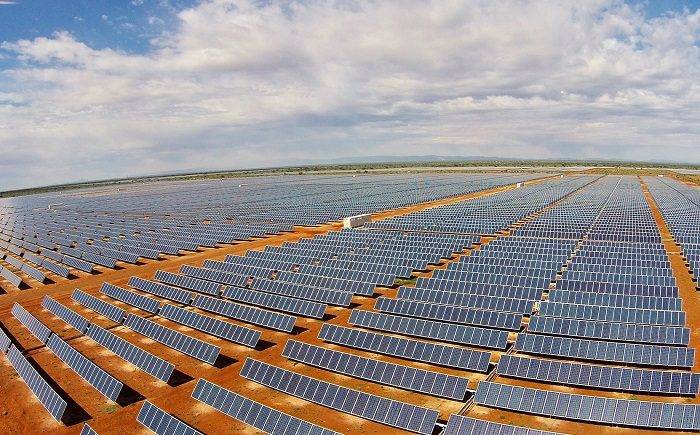What Happens When The Sun Goes Down? Morocco Has A USD 780 Mn Solar Project That’s Putting The Question To Rest

North African countries seem to always impress when it comes to renewable energy projects and investments. Egypt has one of the world’s largest renewable energy projects – USD 2 Bn solar park – and building solar plants in 7 African countries with an arsenal of USD 12 Mn. While Tunisia follows, it’s now Morocco putting itself on the world map with a rather audacious project.
What happens when the sun goes down? This question has literally rocked the solar industry for years, and now an African country is putting the controversies to bed. It all started in May this year when Morocco signed a deal worth USD 780 Mn to build a plant that confirmed the country’s status as a renewable energy poster child.
Named Noor Midelt, the plant which is being built by a French-led consortium, combines a pair of solar technologies to give it daytime and after-dark power generation.
A jewel in the crown of an impressive strategy, this project has to be one of Africa’s most significant energy engagements yet. It will have a total installed capacity of 800 MW and will be the world’s first advanced hybridization of concentrated solar power (CSP) and photovoltaic (PV) technologies.
Once the project is completed, it will provide dispatchable solar energy during the day and until five hours after the sun has set for a record-low tariff at the peak hours of 0.68 Moroccan dirhams per kilowatt-hour.
The construction was initially reported to begin towards the end of 2019. It is located 20 km north of the town of Midlet in central Morocco, and the delivery of the first grid electricity is planned from 2022.
Noor Midelt, is however, one of the many solar projects with which Morocco’s Noor Solar Plan intends to attain a capacity of 2GW by 2020. The first issue from the plan which was entirely CSP reached completion last year.
There are Noor I, II, and II, as well as Noor Quarzazate, a USD 600 Mn, 510 MW capacity plant – and arguably the largest CSP project across the globe. The project also consists of 150 MW of tower and 360 MW of trough CSP.
The North African country has a renewable energy strategy that spans 10 years, Running like a blueprint that turns dreams into reality, the plan began in 2009 when the Moroccan government confronted a looming energy crunch.
With a population of more than 35 million, the country faced many ordeals while it tried to use imported fossil fuels for 90 percent of its power generation back in the 90s.
Within ten years, the country’s investments in hydro, solar, and wind account for 35 percent of total power generation. Overall, the nation produces 9.085GW of electricity by itself.
While the government has promised to deliver 52 percent of electricity via renewables by 2030, it’s easy to see that Morocco is fast-developing already. USD 1 Bn has been put into 16 wind projects, there are already 8 hydro-electric projects, and its solar is catching many a headline.